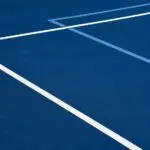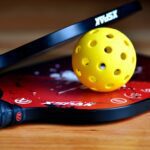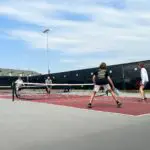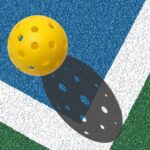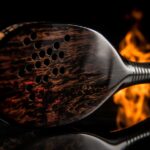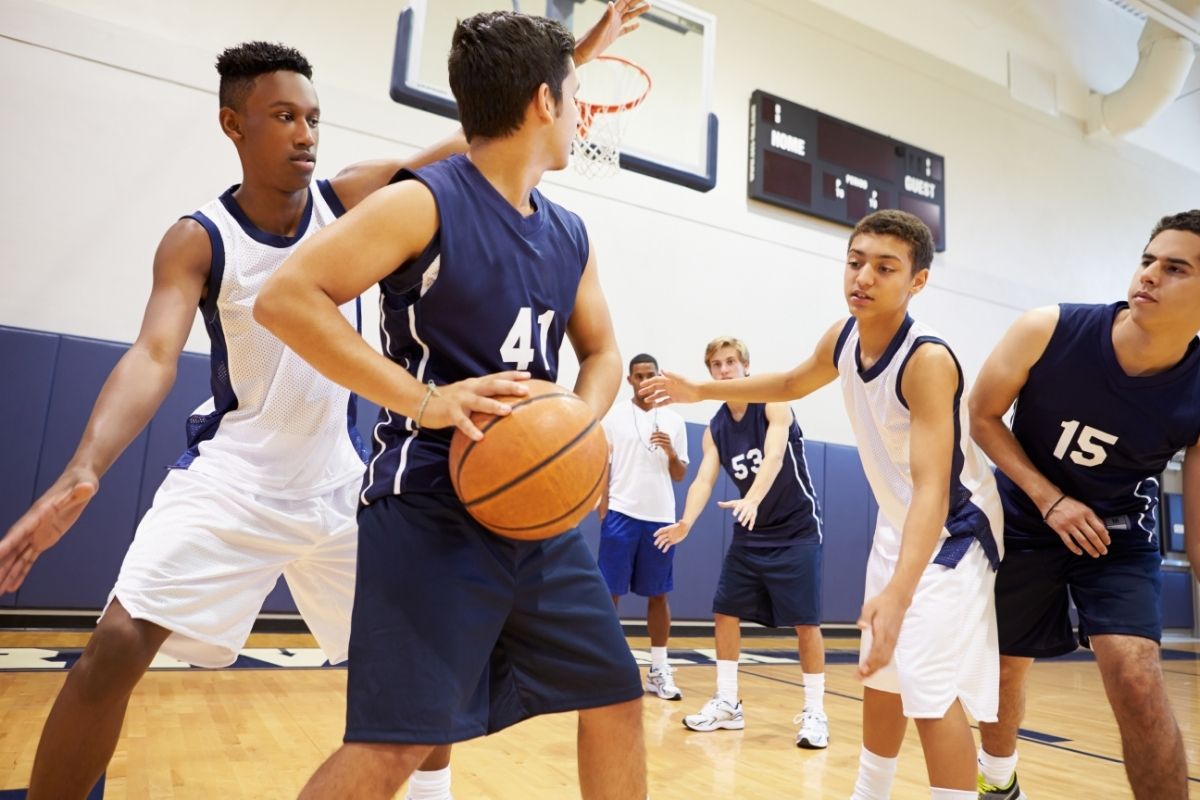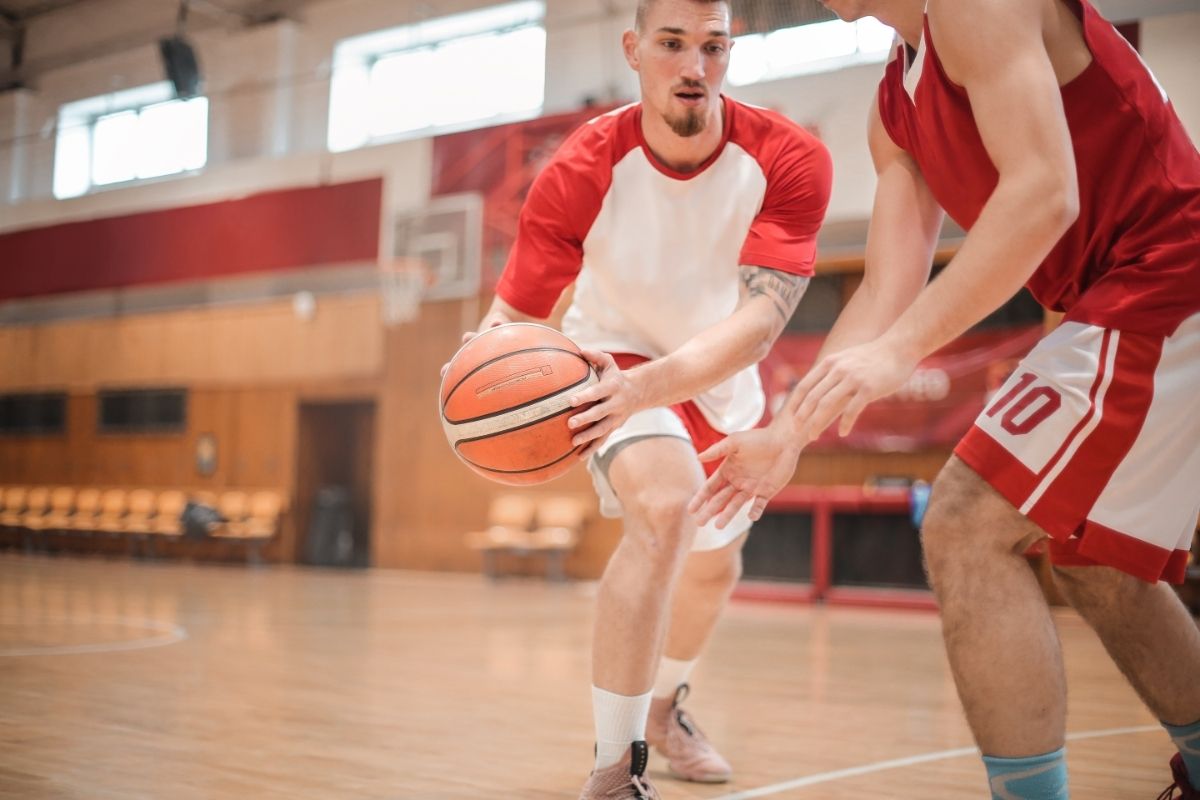Pickleball is a popular racquet sport that combines elements of tennis, badminton, and ping-pong. It is typically played on a hard court, but some players wonder if it can be played on grass. The answer is yes but with some considerations.
You can play pickleball on grass. However, the surface can affect the ball’s bounce and the players’ movement. Grass can be slippery, making it difficult to change direction quickly. Also, the ball may not bounce as high as it would on a hard court, affecting the game’s pace.
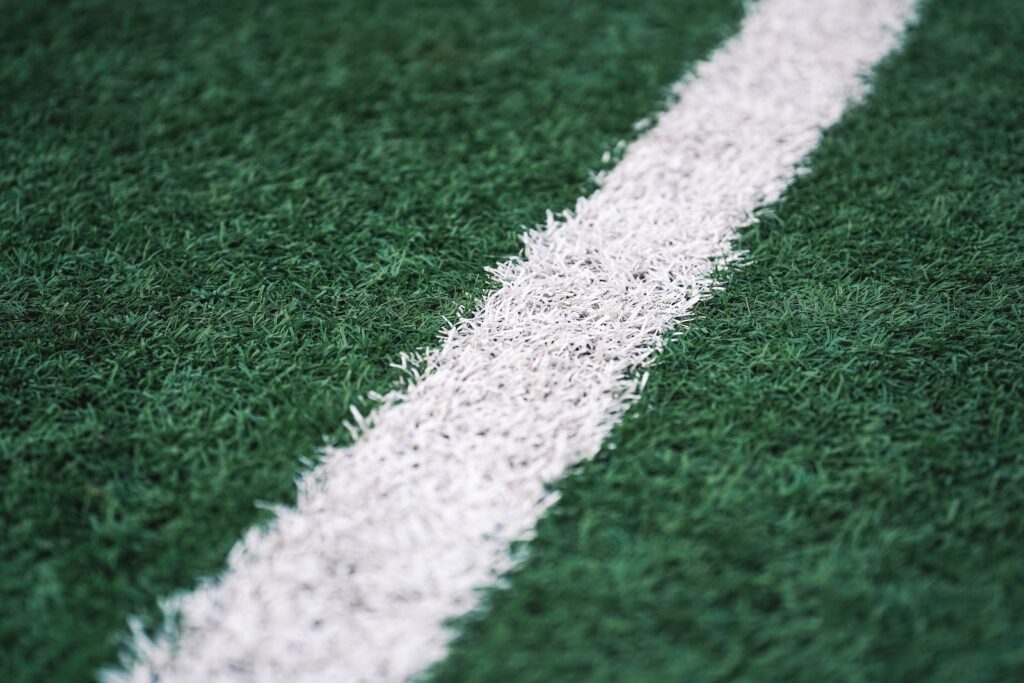

Despite these challenges, playing pickleball on grass can be a fun and unique experience. It can also be a great way to enjoy the outdoors and switch up your routine. With the right equipment and preparation, players can enjoy a game of pickleball on the grass.
Can You Play Pickleball on Grass?
Pickleball is a fun and engaging sport that combines elements of tennis, badminton, and ping pong. While most pickleball courts are made of hard surfaces such as concrete or asphalt, grass courts are also an option for pickleball. In this section, we will explore the benefits of playing pickleball on grass, how to prepare a grass court for pickleball, the equipment needed for playing pickleball on grass, and strategies for playing pickleball on grass.
Benefits of Playing Pickleball on Grass
Playing pickleball on grass offers several benefits. Firstly, grass courts are softer than hard courts, which can reduce the risk of injuries. Secondly, grass courts offer more traction, which can help players maintain stability and prevent slipping. Thirdly, the ball bounces differently on grass, adding a new challenge to the game and testing players’ skills.
How to Prepare a Grass Court for Pickleball
To play pickleball on grass, you must prepare a grass court. Here are some steps to follow:
- Cut the grass: Mow the grass to a height of 1-2 inches to ensure a smooth playing surface.
- Mark the lines: Use chalk or paint to mark the pickleball court lines on the grass.
- Set up the net: Use a portable pickleball net or convert a tennis net to the appropriate height of 34 inches at the center.
- Ensure court condition: The court is free of debris, holes, or other hazards.
Equipment Needed for Playing Pickleball on Grass
To play pickleball on grass, you will need the following equipment:
- A pickleball paddle: Choose a paddle appropriate for your skill level and playing style.
- An outdoor pickleball ball: Choose a ball designed for outdoor use that can withstand the elements.
- Proper footwear: Choose shoes with good traction to prevent slipping on the grass.
Strategies for Playing Pickleball on Grass
Playing pickleball on grass requires some adjustments to your game. Here are some strategies to keep in mind:
- Adjust your volleys: The grass can slow down the ball, so adjust your volleys accordingly.
- Maintain stability: The grass can be slippery, so maintain stability and good footwork.
- Be prepared for ball bouncing: The ball bounces differently on grass, so be prepared to adjust your timing and footwork.
- Use a heavier ball: A heavier ball can help compensate for the slower bounce on grass.
Playing pickleball on grass can be a fun and challenging way to enjoy the sport. However, it is important to ensure that the court is properly prepared and maintained and that players have the appropriate equipment and strategies for playing on grass. The USA Pickleball Association offers guidelines and resources for playing pickleball on grass, including tips on court maintenance and equipment recommendations.
Benefits of Playing Pickleball on Grass
Playing pickleball on grass has several benefits. One of the most significant benefits is the bounce of the ball. The ball bounces lower on the grass, making it easier to return. This makes the game more enjoyable for beginners and intermediate players. The lower bounce also makes it easier to control the ball and reduces the game’s power.
Another benefit of playing pickleball on grass is the power of the game. The grass slows down the ball, reducing the power of the game. This makes the game less physically demanding and more accessible to players of all ages. The slower ball speed also gives players more time to react, making the game more enjoyable.
Playing pickleball on grass also reduces the speed of the game. The game’s slower pace makes it easier for players to keep up and reduces the risk of injury. The slower pace makes it easier to focus on the game and improves the overall experience.
Debris is also less of an issue when playing pickleball on grass. The grass helps absorb the ball’s impact, reducing the risk of injury and damage to the ball. This makes it easier to play the game without worrying about the ball’s condition or the playing surface.
Using a wiffle ball in pickleball is also more suitable for grass courts. The ball is designed to have less bounce, making it easier to control and return. The slower reactions of the ball on grass also make it easier to react to the ball and return it to the other side of the court.
Playing pickleball on grass also requires heightened awareness. The playing surface is less consistent than a hard surface, so players must be more aware of their footing and balance. This helps to improve overall coordination and balance, making the game more challenging and enjoyable.
Overall, playing pickleball on grass has several benefits. It is an excellent way to enjoy the game without worrying about the physical demands of the game. The game’s slower pace and reduced power make it more accessible to players of all ages and skill levels.
How to Prepare a Grass Court for Pickleball
Measuring and Marking the Court
Before starting, ensure the grass is cut short and debris-free. Then, use a measuring tape to mark the boundaries of the court. A standard pickleball court is 20 feet wide and 44 feet long, with a 36-inch net in the middle. Mark the sidelines and baselines using chalk or spray paint.
Cutting the Grass and Clearing Debris
To ensure a smooth playing surface, cutting the grass as short as possible is recommended. A height of 1/2 inch is ideal for grass pickleball courts. Remove any rocks, sticks, or other debris that could interfere with gameplay.
Modifications for Grass Courts
Grass courts require some modifications to accommodate the unique playing surface. First, using a softer ball, such as a wiffle ball or a Spalding high-bounce ball, is recommended. This will help prevent injuries and reduce wear and tear on the grass.
Second, consider adding some cushioning to the court. Grass courts can be hard on the joints, so adding some padding or a layer of sand can help absorb impact and reduce the risk of injury.
Finally, be aware that grass courts may be more slippery than hard courts. Wear shoes with good traction to prevent falls and avoid playing on wet grass.
In conclusion, preparing a grass court for pickleball requires careful attention to detail. Players can enjoy a safe and enjoyable game of pickleball on the grass by measuring and marking the court, cutting the grass and clearing debris, and modifying the unique playing surface.
Equipment Needed for Playing Pickleball on Grass
When playing pickleball on grass, a few pieces of equipment are necessary to ensure a safe and enjoyable game. Here are some of the key items to consider:
Non-Volley Zone
The non-volley zone, also known as the kitchen, is an important part of pickleball gameplay. On a grass surface, it is recommended to use some form of boundary marking to define the non-volley zone clearly. This can be done with spray paint or tape.
Hard Court Surface
While pickleball is often played on hard court surfaces, it can also be played on grass. However, it is important to note that grass surfaces may be uneven and unpredictable, affecting gameplay. It is recommended to choose a flat and level area for playing.
Equipment
When playing pickleball on grass, it is important to have the right equipment. This includes paddles, balls, and appropriate footwear. Paddles should be durable, lightweight, and made with materials such as graphite or composite. Outdoor pickleball balls or rubber balls are recommended for grass surfaces.
Spray Paint
As mentioned earlier, spray paint can mark boundaries on a grass surface. Using paint that is safe for the environment and will not harm the grass is important.
In summary, playing pickleball on grass requires more equipment and preparation than playing on a hard court surface. Players can enjoy a safe and fun game of pickleball on grass by ensuring that the non-volley zone is marked, choosing a flat and level area, and using appropriate equipment.
Strategies for Playing Pickleball on Grass
Playing pickleball on grass can be challenging due to the slower surface and unpredictable bounces. However, with the right strategies, players can still enjoy the game and have fun. Here are some tips for playing pickleball on grass:
Compact and Controlled Shots
The ball tends to bounce on grass lower and slower, making it harder to hit powerful shots. Therefore, players should focus on compact and controlled shots instead of trying to hit the ball too hard. This allows them to control the ball better and react quickly to unexpected bounces.
Quick Reaction Time
Grass courts require players to have quick reflexes and good reaction time. Since the ball bounces lower and slower, players must be prepared to move quickly and adjust their shots accordingly. They should also be ready to move forward and backward to cover the court effectively.
Indoor Strategies
Indoor pickleball strategies may not work as well on grass courts. Players should adjust their game plan to suit the slower surface. For instance, they may need to hit more drop shots and lobs to keep the ball in play and force their opponents to move around the court.
Learn from Professional Pickleball Players
Watching professional pickleball players can provide valuable insights into strategies that work well on grass courts. Players can learn from their shot selection, footwork, and court positioning to improve their game.
Playing pickleball on grass requires a different approach than playing indoors or on other surfaces. Players can enjoy playing pickleball on grass and improve their game by focusing on compact and controlled shots, having quick reaction time, adjusting indoor strategies, and learning from professional players.
- Can You Play Pickleball on Grass? Tips and Tricks - June 12, 2023
- Do Pickleballs Wear Out? Everything You Need to Know - June 12, 2023
- Can You Play Pickleball on Concrete? A Guide to Playing on Hard Surfaces - June 12, 2023

